Tampa SEO usually combines a combination of link building, smart web design, social media, engaging content, and regular blogging. Everyone is sure to include carefully placed keywords, and to use language that will register with search engines and attract users to their site. What a lot of Tampa businesses don’t realize, however, is that images and other files matter for SEO as well. Although a search engine can’t interpret the graphic elements of a photo, it can take cues from the labeling and descriptive elements of uploaded files. Follow these 5 steps and get an SEO boost from the files your uploading anyway.
1. Optimize The Header – A big mistake that a lot of Tampa companies make is uploading images with their generic file name. What they don’t realize is that search engine crawlers take notice of file names and take them into account when determining relevance for search. If you’re embedding an image of a piece of furniture being sold on your website, don’t use the name “IMG20001”. Use “Oak-Coffee-Table”. Think in terms of search engine language and keywords and label your images BEFORE uploading them.
2. Include Alt Text – When uploading images, it’s also important to include Alt Text. Alt Text is an alternative to the header or title. It is what appears in the event that the photo cannot load, and it also further describes the content of the image for the user and for search engines. Alt Text can be a bit longer than the title. For example “Hand made oak coffee table custom furniture Tampa”.
3. Mind the Size – Website speed matters for SEO. Search Engines love fast-loading websites and reward them with better rankings. Nothing lags a website like oversize photos, so resize your images BEFORE uploading so that they are as small as you can get them without sacrificing their effectiveness. This will keep your website nice and light and help you SEO.
4. Mind the Context – Search engines are now sophisticated enough to determine whether a photo is relevant within a page, post, or website. They do this by taking clues from context, making sure that the image title, alt-text, and and descriptors match the language in the surrounding text, the URL, and the website header. Make sure all of this is working in sync and you’ll gain extra SEO points.
5. Delete Unused Photos – In the same vein of keeping your website light, it’s in poor form to upload photos that you aren’t using on the front end of your website. Never store photos on the back end of your site, and only carry around files that you’re getting the most out of (both in terms of user experience and search engine optimization).
Great web design is what we do, but smart SEO is something you’ll have to manage in the day to day maintenance of your site. Contact us for more SEO tips.
